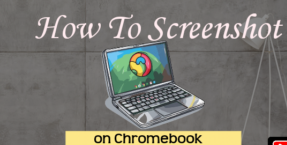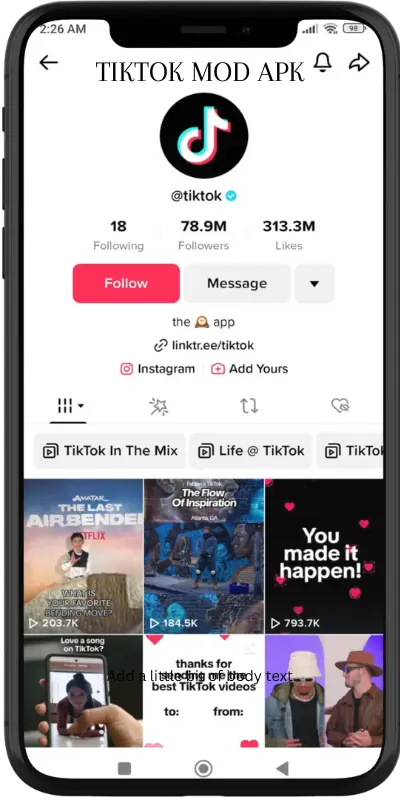
Issue: “Chromebook Screenshot Problems? What to Do?”
Chromebooks are great for productivity, but one of the usual unexplored areas is learning how to screenshot. For people coming from a Windows or macOS background, you may have seen some sort of Print Screen button or a dedicated screenshot shortcut. The Chromebook interface has its own characteristic (try learning how to take a screenshot), and it can be annoying if you’re just getting used to the new system.
Picture it:
If you’re in a virtual meeting, see something you want to capture, and you awkwardly plow through shortcuts you don’t know that well. Or perhaps you have a project for school and want to take a quick picture, but you just can’t get it. Lack of screen shot capture hinders work flow, also making things harder than it should and can cause you to miss information.
Chromebooks The good news? are quick and easy to take screenshots with as long as we know the keyboard shortcuts and tricks. Now, dive into how to make this as pain free, and simple as possible.
Problem it Solves Step No1:
Agitation:
Screenshots, in one way or the other, play critical role in different tasks:
For Students:
A lot of students use Chromebooks in school. Screenshots to take notes, share material with classmates or save web resources for projects.
WORKER:
Whether on Google Workspace or your favorite productivity tool, instant screenshots get things moving faster. For example, take a scenario in which you wish to provide feedback on a presentation slide or point out a problem in a report — a screenshot conveys a visually clear message.
For Everyday Users:
Perhaps, you are online shopping and your friends want to see photos of the products. Or, next thing, your scrolling on social media & find a quote you would like to capture? A Snip is a fast and simple way to screenshot these instances.
Solutions: “How to take screenshots on Chromebook: Two simple methods”
Now, let us look at how you capture screenshots on a Chromebook in detail, deconstructing the shortcuts and tools that make catching your screen fast and easy.
First Way:
By Keyboard Shortcuts
Keyboard shortcuts are the quickest method of taking a screenshot in Chromebook. In light of the fact that Chromebooks do not have a “Print Screen” key, Google used keyboard shortcuts that make sense.
Full-Screen Screenshot
In order to capture an image of your whole screen:
Press Ctrl + Show Windows (the Show Windows key looks like a rectangle with two vertical lines next to it).
This will dim your screen for a moment, signifying that the screenshot has been captured.
Your screenshot automatically saved in the Downloads folder and named with the date and time so that you can easily locate them.
Partial Screenshot:
And if you simply need part of your screen:
Then press Ctrl + Shift + Show Windows.
Select the area with click and drag.
You can then release the mouse button, which saves the screenshot to your computer’s Downloads folder.
Window Screenshot
Window Screenshot Window screenshot captures only the app or browser window you are currently working on, this is useful if we are doing multitasking and we want only a specific view.
Press Alt + Show Windows.
It will capture your active window and save it in the Downloads folder.
Chromebook Screenshot Tool (Chrome OS Version 89 and Higher)– Method 2:
Google recently integrated a built-in Screen Capture Tool with Chrome OS 89 that mimics some of the functionality of the snipping tools in other operating systems. Here’s how to access it:
Hit Ctrl + Shift + Show Windows or open up the Quick Settings Panel (the clock area at the bottom-right of your screen), then choose Screen Capture.
You will then see the screen capture toolbar pop up on the bottom of your screen.
Full Screen:
It takes an entire screen.
Partial:
Select a portion of the screen
Window:
The active window will be selected
The toolbar also includes the video recording option, which captures screen activities for your use.
You can choose what to do with this to capture whether to save the screen recording on the computer or share it later. This selection is practical when you are using multiple apps on the screen, and you can choose the best screenshot recording area that should not be captured. Thirdly, there is the Stylus or touchscreen option. Once you install the Stylus, or you already have a touchscreen device:
Open the Stylus Tools Menu by selecting the Stylus Icon on the bottom right corner.
Capture Region: you choose the area that should be captured
This method is essential for teachers to use this option since everyone needs to concentrate and may pick one area. Additionally, Stylus and touchscreen increased sensitivity a better one. Lastly, there is a Google assistant option that helps one to use the voice:
Google assistant:
press the Launcher Key or say, “Hey Google.” Quickly, you will activate the assistant.
Capture region/Window:
Screenshot captures whether you include the terms like “take a screenshot.”
The assistant helps you capture with a computer, mobile phone, or tablet at a quicker time. Finally, I chose students and teachers who may have a class to save time during complex lessons; the method works excellent when explaining concepts to use screenshots.
Another teacher said, “Chromebooks have allowed students to screenshot their assignments, have it as a reference while working in groups, and they can easily submit feedbacks as well.”
Students clearly had no problem snapping those screenshots during our online science experiments and discussions and quizzes, but our new shortcut had been made use of in such a way as to enhance focussing and learning.
One more benefit mentioned in the study is that those students performed 20% better on later tests than others who used screenshots as study aids, since they can more easily review images later [as screenshots are handy way of reviewing].
Classify Your Screenshots in One Easy to Understand Example
The final step is keeping it in order where you can easily find and manage it. Here is how you can (try to) keep your screenshots in order:
Go to Downloads Folder : By default all the screenshots are saved in the Downloads folder. Launch the Files App and scroll to Downloads.
Rename screenshots — Right-click on the file that you just took a screenshot of and select Rename (e.g. Math-Notes-Oct-2023 instead of the generic Screenshot 2023-10-20)
Transfer on Google Drive: Transfer it on Google Drive so in case you are working in one other system too, you’ll have it obtainable within the cloud. Drag the screenshot from Downloads into the Folder in the Drive folder in the Files App.
Utilize Labels: If you have active projects, use subfolders in your Drive (e.g., Findable class notes, subplots, project feedback).
Frequently Asked Questions about taking screenshots on Chromebook
I have consolidated this short FAQ to help you address the most common questions surrounding taking Screenshots on a Chromebook:
Q: Where do my screenshots go once I take them?
By default, screenshots are saved in your Downloads folder; you can change this with the Screen Capture tool, but the location won’t be changed automatically after that.
Q: Can I do things like edit screenshots on my Chromebook?
A: Yes! Crop, enhance, or annotate using Google Photos or the default Gallery App.
Q: What should you do if you want to screenshot on Chromebooks that doesn’t have a keyboard?
Use the power + volume-down button combo if your Chromebook is in tablet mode (this is the same as taking screenshots on Android devices).
Q: Do I need a third-party app for advanced screenshots?
A: Absolutely! If you require more advanced screenshot tools, extensions such as Lightshot and Awesome Screenshot provide integrated annotation and sharing functionality.
Final Thoughts:
Be a Screenshot Ninja and your Chromebook will be an even more powerful machine!
These methods are useful for quickly capturing, collecting, and organizing information, whether it be for your school projects, work reports, or personal documentation.
So next time you encounter something worth capturing you know the steps to take.














